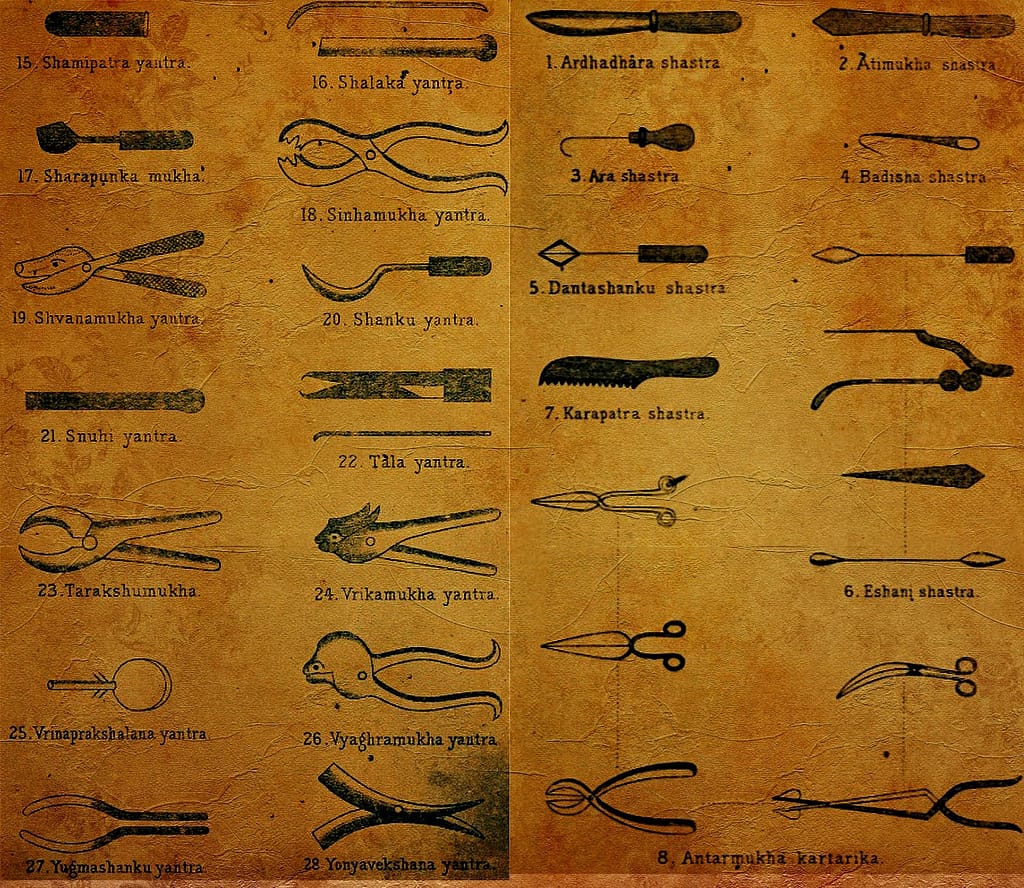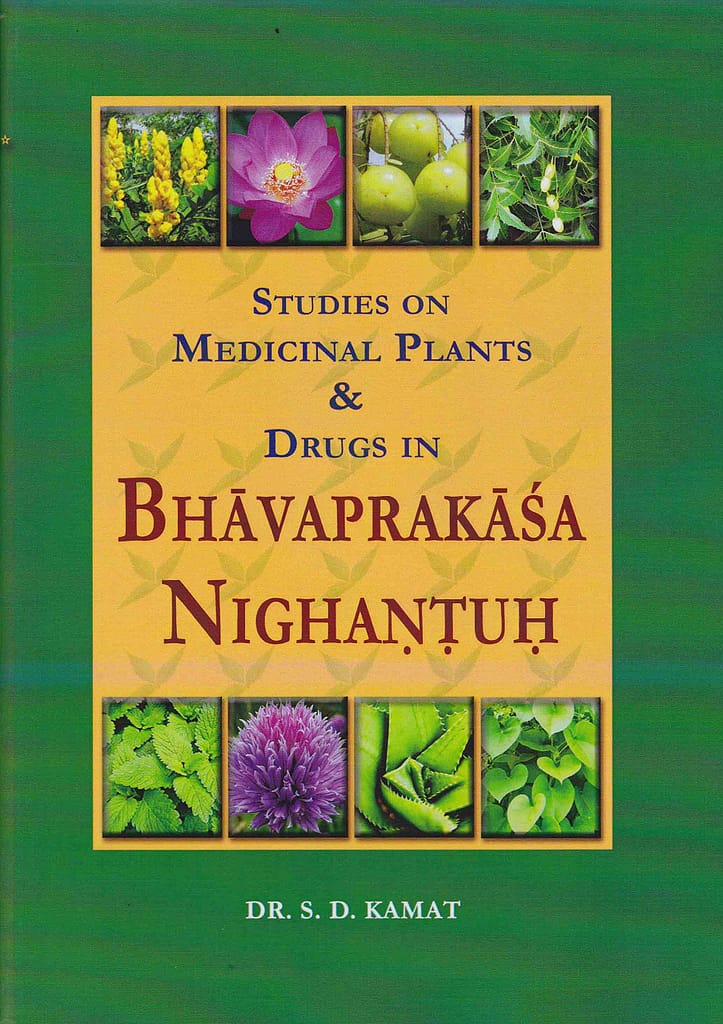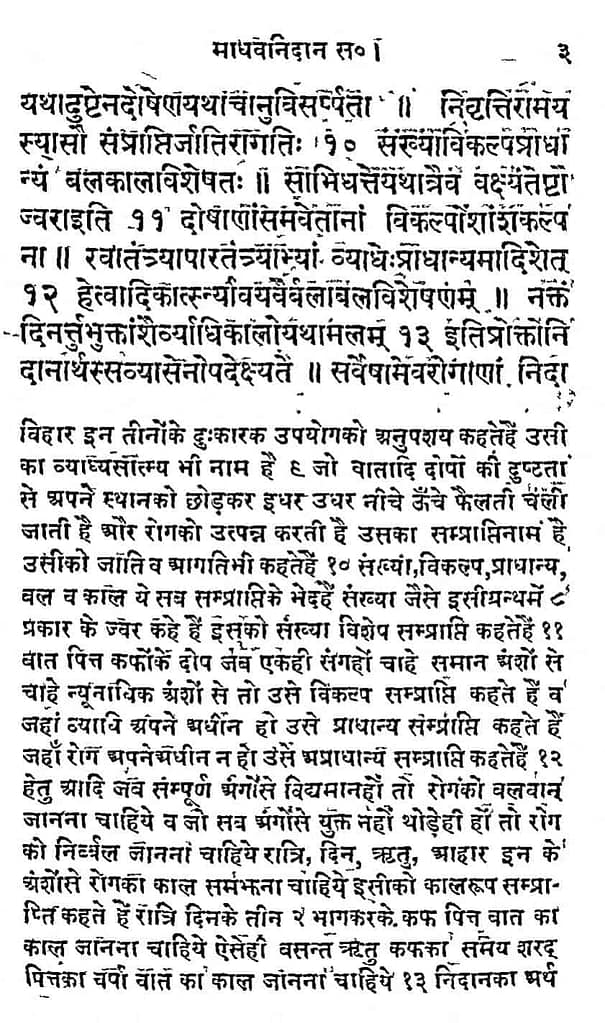Medical Reviewer: Dr Surabhi Rawat
Ayurveda is the ancient system of medicine which originated in the Indian subcontinent. However, on keen observation one realizes that Ayurveda is not just a system of medicine but a way of life. Ayurveda doesn’t only hold remedies for a number of diseases and disorders but it explains how and what to eat when to exercise, when to sleep and how the overall routine of a person must be for a happy and healthy living. The origin of Ayurveda is not exactly known and is debatable. Some scholars believe that it originated in prehistoric times while others believe the point of origin to be the Indus Valley civilization. However, there is no denying that with the coming of the Vedic age, Ayurveda had become strong and significant. Ever since it has been considered as an important system of medicine and has even been adopted by the west as an alternative system of medicine. There is no single person to who we can give credit for providing us with this vast knowledge, but there are a number of treatises which provide different details regarding Ayurveda. Here are seven great books of Ayurveda ever written.
#1. Charaka Samhita

Written By: The book is said to be taught by Atreya rishi. It was later codified by Agnivesa and revised by Charaka. However, it was Dridhbala who re-wrote one-third of the book as that part had been lost. It is also believed that Charaka does not signify one person but a number of people. Charaka, however, is known as the Father of medicine in India.
Era: 400-200 BCE. However, the source of the text that is present today is said to be one written down in 6 AD.
Language: Sanskrit
About The Book
Charaka Samhita consists of a total of eight books with a hundred and twenty chapters. The eight books include:
- Sutra Sthana – the general principles about healthy living
- Nidana Sthana – on causes of different diseases
- Vimana Sthana – on medicines, diet, training of a physician
- Sarira Sthana – anatomy of the human body
- Indriya Sthana – on diagnosis based on the patient’s senses
- Cikitsa Sthana – on the treatment of diseases
- Kalpa Sthana – preparation of medicines
- Siddhi Sthana – describes signs of cure and how to follow proper hygiene
Written in Sanskrit, Charaka Samhita follows a poetic and melodious style of writing which was considered as useful in easy remembering. It is one of the major Ayurvedic treatises which deal with Kayachikitsa or Internal medicine. The Samhita credits the Gods as the ultimate source of all knowledge and calls poor health an obstacle in the spiritual journey of a person. Thereby it suggests the proper diet pattern to follow for a healthy and spiritual living. It classifies medicines and foods according to their properties, explaining in detail their procedure and time of usage.
Charaka Samhita also talks about the famous Ayurvedic Panchakarma therapy which is about the removal of internal toxins of the body.

#2. Sushruta Samhita

Written By And Era:
Sushruta, one of the ten revered sages (according to Bower manuscript) of the Himalayas himself penned down the text. It is said that Vriddha Sushruta was a disciple of Lord Dhanvantri and he scripted the text in 2000 BC. However, it was in 200 AD that Acharya Sushrut added a number of topics like Sainik chikitsa and method of purification of water. Uttartantra was added in 500 AD by Acharya Nagarjuna. It is after this that the text was named Sushruta Samhita. Acharya Chandra also made his contribution in 1000 AD by editing the text. The earliest available form of Sushruta Samhita is present as palm leaf manuscript in Kaiser Library, Nepal. This text has been dated back to 878 AD. Sushruta is known as the Father of surgery in India.
Language: Sanskrit
About The Book
Along with Chakara Samhita, Sushruta Samhita is one of the foundational ancient Ayurvedic texts. It follows a prose and poetry style of writing. Sushruta Samhita walks on a different path from the earlier available texts as it lists down blood as the fourth dosha, apart from vata, pitta and kapha doshas. It also makes an introduction to an entirely new topic of surgery. It talks about a number of surgical techniques and types of equipment. Thereby, Sushruta Samhita is also considered as a major historical treatise telling about the major advancement of Indian scholars in the field of medicine and surgery.
Apart from more than 300 surgical procedures and 121 types of surgical instruments, Sushruta Samhita in its existing form contains 184 chapters with descriptions of 1120 diseases and plant, animal and mineral-based drugs and medicines.
Did You Know?
Nose reconstruction or Rhinoplasty, although seems to be a modern invention to enhance the beauty and useful as a corrective surgery was actually already described in detail in this book.
#3. Books Of Ayurveda: Ashtanga Hridayam and Ashtanga Sangraha
Written By: Acharya Vagabhatta. It is said that two different Vagabhattas have written the two books.
Era: Around 400 AD
Language: Sanskrit
About the book
Ashtanga Sangraha, Charaka Samhita and Sushruta Samhita are together known as the Brihat Trayees or the great trio of Ayurveda. Ashtanga Sangraha is however different from the two in the sense that it is not an original work but has been written by taking many other different works as reference including Charaka Samhita and Sushruta Samhita.
40% greater in size than the Ashtanga Hridayam, the Sangraha follows the prose style of writing; whereas Ashtanga Hridayam has been written in a poetic style. Here the word Ashtanga means the eight angas of Ayurveda which are:
- Kayachikitsa or general medicine
- Shalya tantra or surgery
- Shalakya Tantra or treatment of diseases of ear, nose and throat
- Graha Chikitsa or treatment of idiopathic disorders (infections)
- Damshtra Chikitsa or toxicology
- Bala Chikitsa or paediatrics
- Jara Chikitsa or geriatrics (health and care of old people)
- Vrisha or aphrodisiacs
Both the books written by Vagabhatta generated interest in people about medicine and initiated new trends. Currently, Ashtanga Hridayam is one of the most followed texts of Ayurveda.
#4. Bhava Prakash

Written by: Bhava Mishra
Era: 16th century
Language: Sanskrit
About the book
Earlier we talked about Brihat Trayees or the greater trio of Ayurveda. Bhava Prakash forms part of the Laghu Trayi or the lesser triad of Ayurveda. The other two books of the Laghu Trayi are Madhava Nidan and Sharangdhara Samhita. These three books of the Laghu Trayi are the ‘next three’ major treatises of Ayurveda.
Bhava Mishra mentions that he has written Bhava Prakash with the help of other ancient Ayurvedic treatises. So one can find a systematic compilation of different texts in Bhava Prakash. In fact, many sutras have been directly picked up as quotations from the previous texts.
The book consists of 80 chapters and 10268 verses. Bhava Prakash is most famous for the section called ‘Nighantu’. The section describes around 600 medicinal plants, many different foods as well as minerals. The herbs described by Bhava Mishra are different from the ones mentioned in Charaka and Sushruta Samhita. This is because many herbs mentioned in the Samhitas were becoming rare or had become extinct and so Bhava Mishra writes about their replacements which have similar properties. He also writes about new diseases like Syphilis not mentioned in the earlier texts.
#5. Books Of Ayurveda: Kashyap Samhita / Vriddha Jivakiya Tantra

Written by: Sage Kashyap
Era: 6th century BC. The text is considered as one of the earliest Ayurvedic treatises and is said to have been written around the same time as Charaka and Sushruta Samhitas.
Language: Sanskrit
About the book
Kashyap Samhita is considered as one of the most important and one of the oldest texts dealing with Kaumarbhritya Tantra or Pediatrics. It talks in detail about the diseases which affect children and their cure. Sage Kashyap also writes about qualities that a nanny should have; types of foods most suitable for children and the toys children should play with. It mentions all the rituals which must be conducted during and after childbirth. The book also talks in detail about gynaecology and obstetrics. It consists of around 200 chapters dealing with different sections including:
- Sutra sthan
- Nidan sthan
- Indriya sthan
- Siddhi sthan
- Chikitsa sthan
- Vimana sthan
- Shareer sthan
- Kalpa sthan
- Khil Bhag
During the middle ages, Kashyap Samhita was also translated into Chinese.
#6. Madhav Nidan

Written by: Madhav
Era: 700 AD
Language: Sanskrit
About the book
Madhav, also known as Madhav kara was a famous Indian Physician. The book Madhav Nidan consists of 79 chapters dealing with different kinds of diseases, their causes, treatments and prevention measures. It also mentions the deformities that a disease might accompany.
The diseases mentioned include diseases of Bala (children and women’s disorders), Shalya (surgery), Damstra (toxicology), Shalakya (ear, nose and throat), and Kaya Chikitsa (general medicine). The book is a major pathological treatise, as suggested by the name ‘Nidan’ itself; which means pathology. Madhav Nidan also makes a mention of many new diseases which have not been mentioned in the earlier texts. However, the book which describes in details the causes and symptoms of many diseases, it falls short at the treatment part.
#7. Sharangdhar Samhita

Written by: Acharya Sharangdhar
Era: 1300 AD
Language: Sanskrit
About the book
Sharangdhar Samhita is one of the three lesser triad or Laghu Trayi of Ayurveda which includes Madhav Nidan and Bhava Prakash. The book is one of the recently written pieces of literature in the field of Ayurveda.
Sharangdhar Samhita mainly deals with Panchakashay Kalpana and how it can be used in the field of Ayurvedic pharmacy. The special thing about this book is that it is quite compact and concise and it omits all the unnecessary detailing. Further, the book talks about Panchakarma therapy, its uses and all the myriad formulations used in this therapy. Panchakarma therapy is a well-known therapy in Ayurveda which helps in internal and deep cleansing of the body and helps in the release of deep-rooted toxins. Writing in about Kaya Chikitsa, Acharya Sharangdhar is the first to give the method to diagnose diseases with the help of observing the pulse. The book is considered the origin of many new trends in the field of Ayurveda like the inclusion of opium and cannabis as medicinal plants. The three major sections of the book include:
- Prathama Khanda – It deals with the timing of taking a medicine, pulse analysis and anatomy.
- Madhyama Khanda – This chapter describes the method of preparation of different medicines like pills, churna, decoctions and infusions. It also talks about the purification of minerals and different mercurial based recipes.
- Uttara Khand – This section has chapters dealing with Nasya (nasal medications), Vamana (emesis), Dhoomapana (inhalation of vapour of smoke) etc.
Apart from these, there are many different books like Bhaishyaja Ratnavali, Madanapala Nighantu, Ayurveda Prakash etc which write in detail about different Ayurvedic practices. However, the above-mentioned treatises can be called as the most revered Ayurvedic treatises ever written. These books have formed the base of the Ayurveda which is practised today.
Did you find this post useful? Would you like to get back to it later? Save THIS PIN below to your Pinterest Ayurveda or Literature board!

